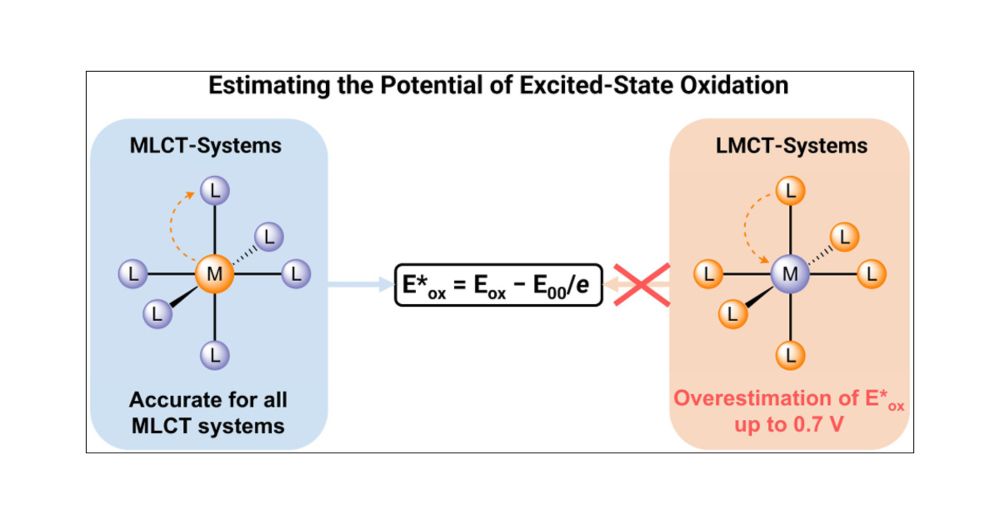Malte Sellin
@msellin.bsky.social
38 followers
74 following
8 posts
Postdoctoral Researcher in Preparative Inorganic Chemistry in the Wenger Group at the University of Basel
Posts
Media
Videos
Starter Packs
Reposted by Malte Sellin
Oliver Wenger
@wengeroliver.bsky.social
· Aug 27

Photoinduced double charge accumulation in a molecular compound - Nature Chemistry
The photoinduced accumulation of redox equivalents is a challenging requirement for artificial photosynthesis. Now a molecule has been developed in which the sequential absorption of photons results i...
www.nature.com
Reposted by Malte Sellin
University of Basel
@unibas.ch
· Aug 25

Chemists develop molecule for important step toward artificial photosynthesis
A research team from the University of Basel has developed a new molecule modeled on plant photosynthesis: under the influence of light, it stores two positive and two negative charges at the same tim...
www.unibas.ch
Reposted by Malte Sellin
Oliver Wenger
@wengeroliver.bsky.social
· Jul 31
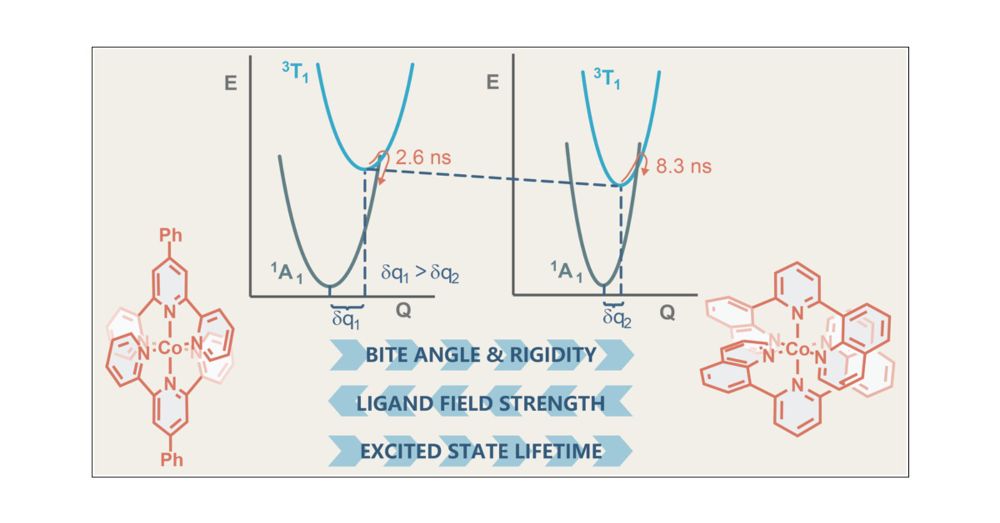
Structural Control of Metal-Centered Excited States in Cobalt(III) Complexes via Bite Angle and π–π Interactions
CoIII complexes have recently become an important focus in photophysics and photoredox catalysis due to metal-centered excited states with strong oxidizing properties. Optimizing chelate ligand bite a...
pubs.acs.org
Reposted by Malte Sellin
Oliver Wenger
@wengeroliver.bsky.social
· Jul 29
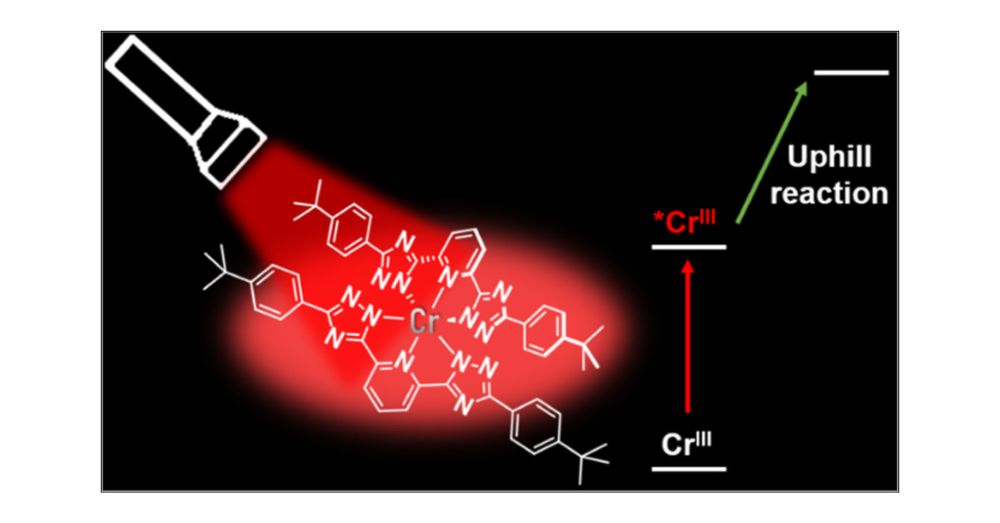
Pushing the Thermodynamic and Kinetic Limits of Near-Infrared Emissive CrIII Complexes in Photocatalysis
Photoactive CrIII complexes are typically based on polypyridine coordination environments, exhibit red luminescence, and are good photo-oxidants but have modest photoreducing properties. We report new...
pubs.acs.org
Malte Sellin
@msellin.bsky.social
· Jul 31

Revisiting CNC6F5: The Quest for Isocyanide Ligands with Strong π-Acceptor Properties Evaluated by Energy Decomposition Analysis
While perfluorinated isocyanide ligands such as CNCF3 and CNC6F5 have been known for decades, their use by organometallic chemists has been limited primarily due to the challenges associated with their cumbersome synthesis. In this study, we present an improved synthetic route to [Cr(CO)5(CNC6F5)] and present its structural characterization. For a set of isocyanide ligands (CNC6H5, p-CNC6H4F, CNCH3) and their perfluorinated counterparts (CNC6F5, CNCF3), Gibbs energies of complexation have been calculated with regard to a series of isoelectronic metal fragments [V(CO)5]−, [Cr(CO)5], [Mn(CO)5]+, and [Fe(CO)5]2+. Furthermore, the σ-donor and π-acceptor properties of these isocyanide ligands in the resulting complexes were analyzed using the EDA-NOCV method. For completeness, we have also included ligands such as CO, CNH, and N2 into the analysis. While only minor differences in complexation energies are observed for the Cr(CO)5 fragment, more pronounced effects have been observed for the charged complexes. Interestingly, perfluorinated isocyanide ligands show in all cases higher complexation energies than the carbonyl ligands, indicating their strong binding to metal centers. Their pronounced σ-donor and π-acceptor abilities reveal their potential suitability to stabilize metal centers in both positive and negative oxidation states.
pubs.acs.org
Reposted by Malte Sellin
Malte Sellin
@msellin.bsky.social
· May 28

Promoting Alkane Binding: Crystallization of a Cationic Manganese(I)‐Pentane σ‐Complex from Solution
Oxidation of Mn₂(CO)₁₀ under pseudo gas-phase conditions generates the weakly coordinated 16 valence electron complex [Mn(CO)₅]⁺, which binds n-pentane as the strongest ligand available in this syste...
doi.org
Malte Sellin
@msellin.bsky.social
· May 12
Reposted by Malte Sellin
Dominik Munz
@munzgroup.bsky.social
· Apr 26
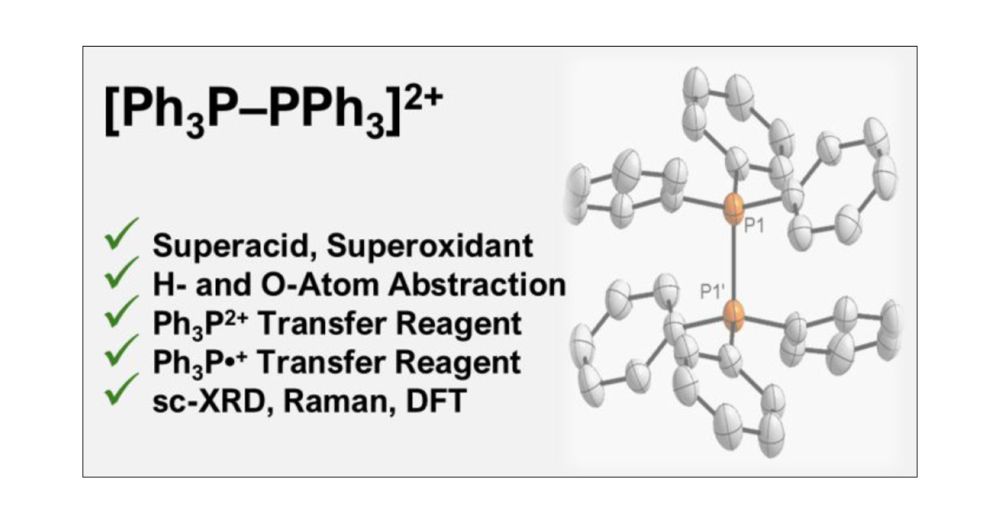
Hexaphenyl-1,2-Diphosphonium Dication [Ph3P–PPh3]2+: Superacid, Superoxidant, or Super Reagent?
The oxidation of triphenylphosphine by perfluorinated phenaziniumF aluminate in difluorobenzene affords hexaaryl-1,2-diphosphonium dialuminate 1. Dication 12+ is valence isoelectronic with elusive hex...
pubs.acs.org
Reposted by Malte Sellin
Oliver Wenger
@wengeroliver.bsky.social
· Mar 27
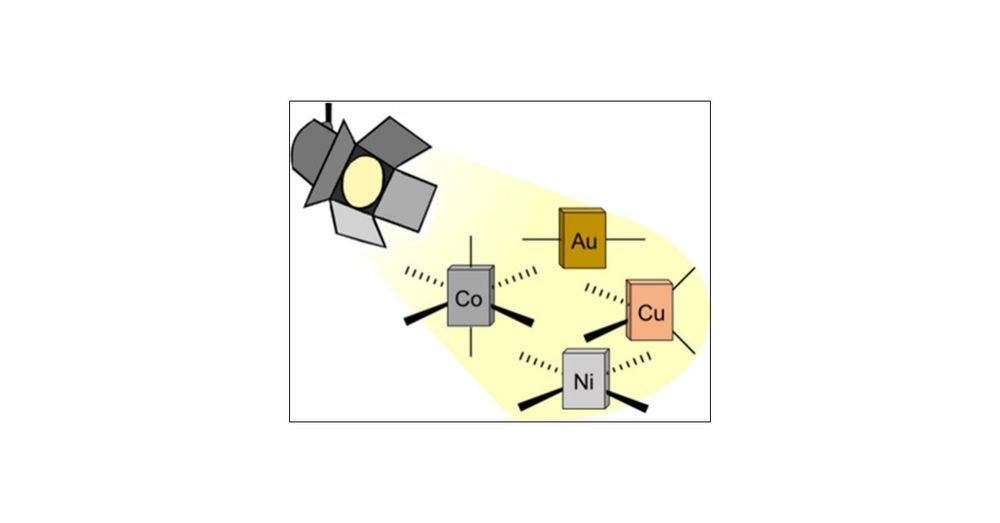
Molecular Design Principles for Photoactive Transition Metal Complexes: A Guide for “Photo-Motivated” Chemists
Luminescence and photochemistry involve electronically excited states that are inherently unstable and therefore spontaneously decay to electronic ground states, in most cases by nonradiative energy release that generates heat. This energy dissipation can occur on a time scale of 100 fs (∼10–13 s) and usually needs to be slowed down to at least the nanosecond (∼10–9 s) time scale for luminescence and intermolecular photochemistry to occur. This is a challenging task with many different factors to consider. An alternative emerging strategy is to target dissociative excited states that lead to metal–ligand bond homolysis on the subnanosecond time scale to access synthetically useful radicals. Based on a thorough review at the most recent advances in the field, this article aims to provide a concise guide to obtaining luminescent and photochemically useful coordination compounds with d-block elements. We hope to encourage “photo-motivated” chemists who have been reluctant to apply their synthetic and other knowledge to photophysics and photochemistry, and we intend to stimulate new approaches to the synthetic control of excited state behavior.
pubs.acs.org
Reposted by Malte Sellin
Josef Boronski
@josefboronski.bsky.social
· Mar 11
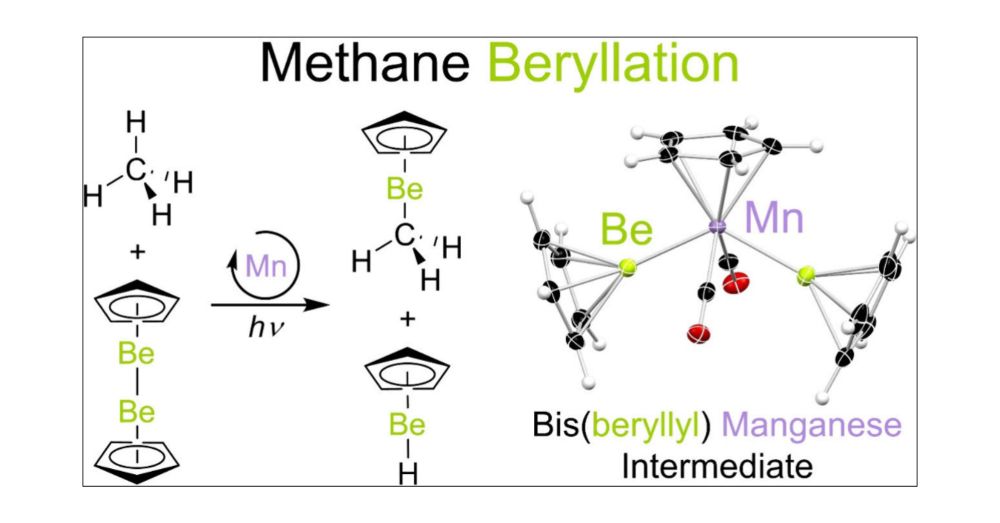
Methane Beryllation Catalyzed by a Base Metal Complex
The homogeneous catalytic functionalization of methane is extremely challenging due to the relative nonpolarity and high C–H bond strength of this hydrocarbon. Here, using catalytic quantities (10 mol...
pubs.acs.org
Reposted by Malte Sellin
Oliver Wenger
@wengeroliver.bsky.social
· Feb 28
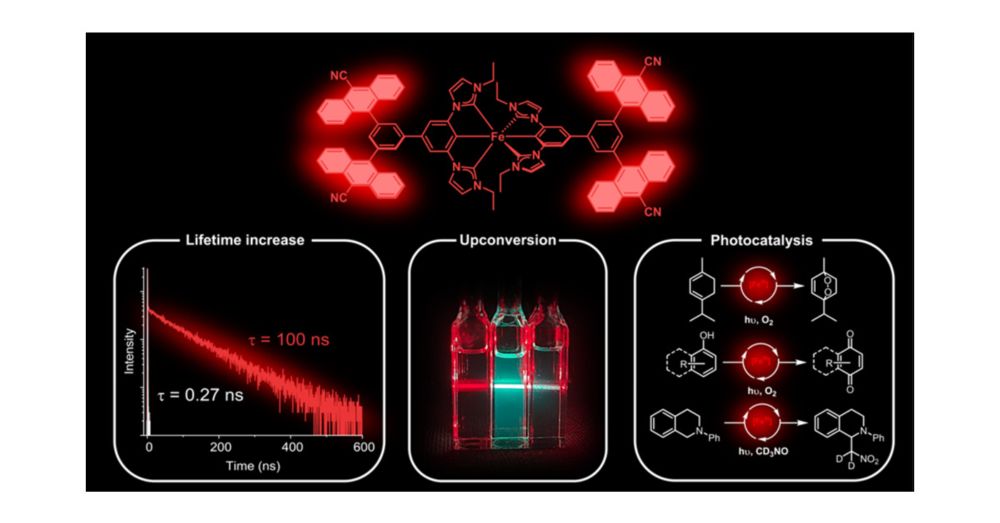
Iron(III) Complexes with Luminescence Lifetimes of up to 100 ns to Enhance Upconversion and Photocatalysis
Iron is the most abundant transition metal element and would be the ideal replacement for noble metals in many applications that rely on luminescent and long-lived electronically excited states. We sh...
pubs.acs.org


